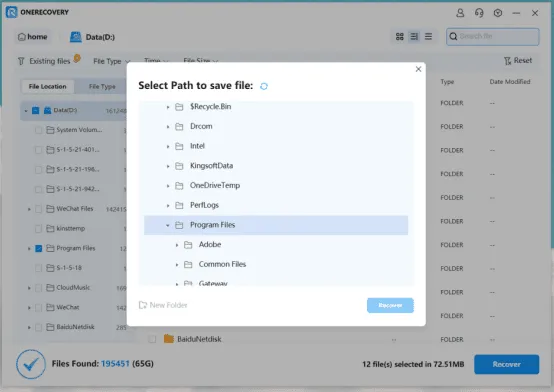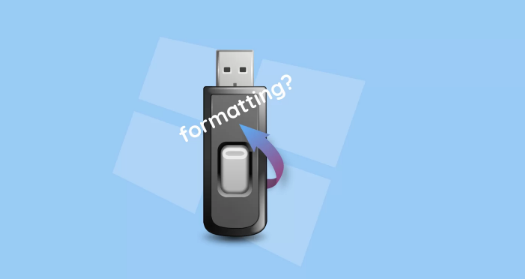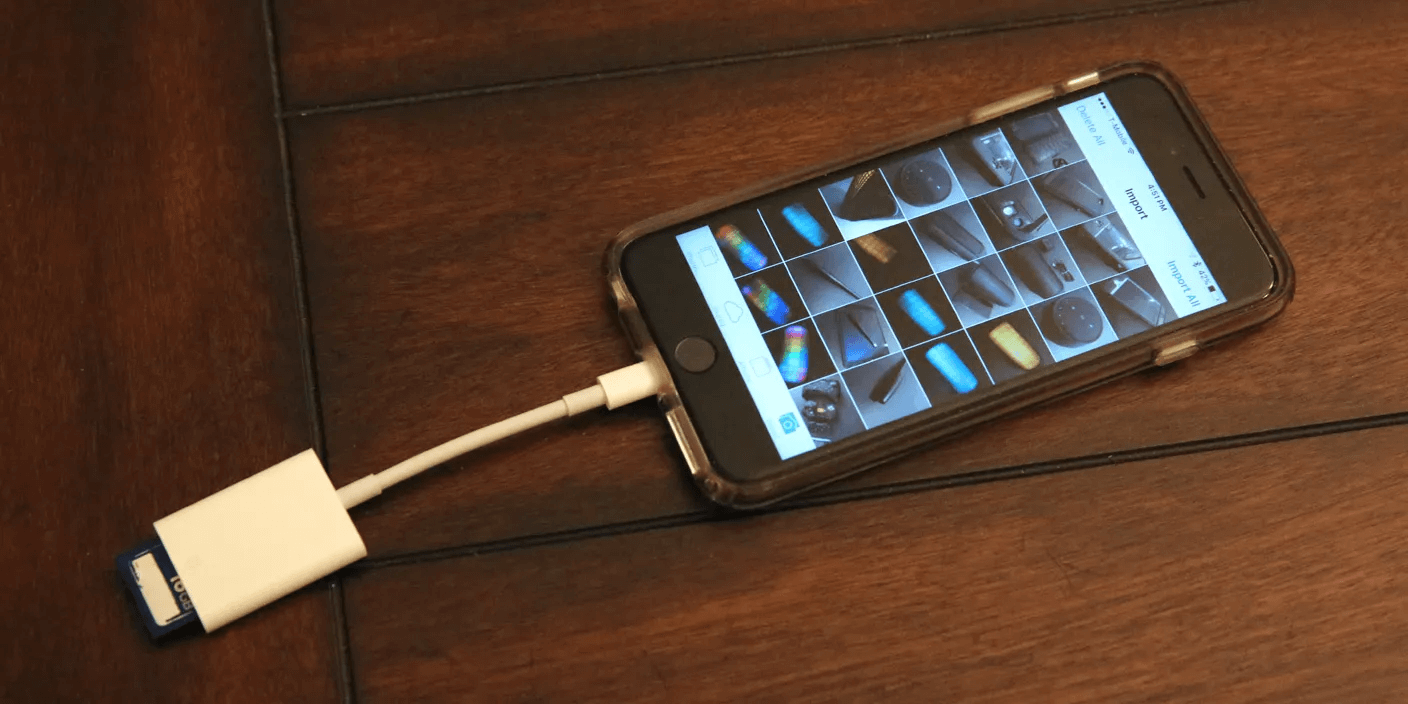Have you ever encountered such a situation that your PC randomly restarts with no error message? If so, you are not the only one. It could be frustrating when it occurs during a vital meeting. That’s why many Windows 10/11 users are eager to find out why this happens and how to fix it. Thankfully, several solutions are available to fix a computer that randomly reboots. Check this post to find out how to fix this problem.
Why Does My Computer Keep Restarting
Windows 10/11 can randomly restart when there is no warning or a BSOD (blue screen of death). The potential causes range from malfunctioning automatic restarting features to virus issues.
- Graphics’s overheating issue.
- Windows updates/application updates issue.
- Timed automatic reboots.
- Hardware driver failure.
- Malware infection.
- Overclocking the PC
- Defective hardware
- Operating system bug
- Clogged CPU cooler
- Power delivery issues/bad connections
- BIOS issue
- Bad or failing RAM chip
How To Fix PC Randomly Restarts on Windows 10/11
Now that you have learned about what’s causing your computer to randomly reboot, let’s see how can this issue be fixed.
Check your power cable and connection
The first thing you should do is to exclude the possibility of a bad connection between the computer and the power sources. Such as loose cable, bad connection of the port, insufficient adapter, outlet, etc.
Cool your computer
If your computer is overheating, the computer might restart. Keep your computer clean without heavy dust, and ensure your computer is well-ventilated. Do not put too much stuff above the Computer host. Also, you can use an external fan to help cool your computer.
Start the computer with Safe Mode
A faulty application may be another reason why your computer restarts randomly. You can boot your computer in safe mode, and after you enter the system, delete or reinstall the faulty application.
- Hold the Shift and select Power at the same time > click Restart from the Start menu.
- Select Troubleshoot in the Choose an option screen > click Advanced options > click Startup Settings > click Restart in the bottom left corner.
- Select 4 or F4 to start your PC in Safe Mode after the computer reboots.
- Type the control panel in the search bar in the start menu > click the best match to run this tool.
- Go to the Program section > click Uninstall a program.
- Find the might-be faulty application > click to uninstall.
Disable Fast Startup
Fast Startup sometimes may cause compatibility issues to the computer that lead to restarting problems. So, you can disable it to prevent it from restarting.
- Press the Windows icon + R key to open Run dialogue.
- Type powercfg.cpl.
- Choose what the power button does option on the left.
- Click Change settings that are currently unavailable.
- Deselect Turn on the Fast Startup option > click Save changes to save the change.
Disable the Automatic Restart Feature
If you have turned on this feature, you can shut it off to prevent the restarting.
- Open File Explorer > right-click on My PC or My computer > select Properties.
- Click on the Advanced System settings tab.
- Click Settings.
- In the System failure tab > deselect Automatically restart.
- Press OK > restart the computer.
Change Power Options
One of the potential reasons for the computer to restart unexpectedly is the power options. So, you can change the power settings in Windows to see if this can be fixed.
1. Type Control Panel in the search bar > click the Control Panel to open it.
2. Click System and Security > click Power Options.
3. Choose a power plan from the list.
4. Click Change plan settings. > Change the power plan as you want.
5. Click Apply and OK.
Update Graphics Card Driver
Corrupted graphics drivers can cause computer random restarting problems. If you are playing a game and the computer just restarts suddenly, it is more pronounced. If your PC keeps restarting, you can update the graphics card drivers to fix the issue.
- Press the Windows icon + R key to open Run dialogue.
- Type devmgmt.msc to open the Device Management.
- Click the Display adapters to show all the drivers > Right-click the Display Device > click Update driver.
- Select the Search automatically for drivers > the program will automatically complete when it finds a new driver.
- Reboot the computer.
Run SFC and CHKDSK Scan
File system corruption or hard disk drive corruption will cause your PC to randomly reboot. You can use SFC and CHKDSK Scan to solve this problem.
- Type cmd in the search bar in the start menu > click run as administrator.
- Type sfc /scannow in the window > press Enter.
- Type the following command lines in turn > press Enter to execute the program respectively:
Dism /Online /Cleanup-Image /ScanHealth
Dism /Online /Cleanup-Image /CheckHealth
Dism /Online /Cleanup-Image /RestoreHealth
Uninstall A Recent Windows Update
If you have updated your computer to the latest version and the computer starts rebooting, you can uninstall the Windows update to the previous version.
- Go the the Windows Settings > Click on Windows Update.
- Select Update history.
- Scroll down > click Uninstall updates under Related Settings.
- Choose the most recent updates > click Uninstall.
Perform a system restore
If you cannot find any settings that cause the computer to restart randomly, here is a helpful way to fix the issue.
- Type restore in the search bar in the start menu.
- Select Create a restore point from the window.
- Go to System Properties > click the System Restore.
- Enter your administrator password if need any.
- Click Next.
- Choose a restore point from the list > click next.
- Click Apply and OK > restart the computer.
Check for BIOS issues
Outdated BIOS (Basic Input/Output System) is one of the potential reasons that cause the PC to restart randomly.
- Check the current BIOS version
you can check the BIOS version paper on the motherboard or the sticker on the motherboard.
- Check the available updates of the BIOS
You can visit the official web of the motherboard manufacturer.
Reset the Computer
It is the last way to fix the restarting problem of the computer because it will delete all the Apps and programs on the computer (check to see how to recover lost data after fixing the problem.)
For Windows 11:
- Go to the Settings.
- Click Windows Update in the left pane.
- Click the Advanced Option in the right pane.
- click Recover > Reset this PC.
For Windows 10:
- Go to Settings
- Click Update & security
- Click on Recovery in the left pane
- In the right pane, scroll down
- Click on the Get Started button, located under the Reset this PC section.
- Choose Keep My Files to save your files.
Bonus Tips: How to Recover Data After Random Restart
It can be frustrating that your unsaved work or files get lost after randomly restarting. Thankfully, there are several ways to recover lost files after an unexpected restart. You can firstly check the recycle bin where stores the accidentally deleted files. If you have enabled System Restore, you can try restoring it to previous version.
The most cost-effective way is using a third-party data recovery software like ONERECOVERY. It can recover lost data or files from any storage device, even after a random restart. For example, it can recover photo or video from USB drive on PC, recover data from a wiped hard drive, build a bootable data recovery tool to retrieve files from PC that won’t boot, and so on. In just 3 steps, you can get back your precious photo, video or documents.
- Launch ONERECOVERY> select a location to scan.
- Preview the results > choose the file you want to recover.
- Save the file to a new place.

FAQ about PC Randomly Restarts
Why Does my computer automatically reboot on Windows 7?
If your computer restarts without any warning, it may be caused by automatic restart feature, overheating PC, faulty power supply, damaged RAW and more.
How to prevent Windows from automatically restarting for updates?
To fix Windows automatically restarting for updates, you can try the following solutions:
- Use Task Scheduler
- Use Group Policy
- Use Registry Editor
Conclusion
Employ the above-mentioned options to fix computer randomly restarts issues. Even if your data get lost after an unexpected restart, thrid-party data recovery software can help you retrieve them from various data loss situations.
Related Posts:
How to Recover Data after a Windows Computer Crashed?
How to Recover Uninstalled Programs on Windows 10/11
I am a content writer specializing in the technology and data fields. With over 5 years of writing expertise, I have produced clear, engaging content to communicate complex information to a variety of audiences. I am skilled at translating technical concepts about the latest software, AI systems, data recovery, file and video repair, and digital trends into easily understandable language for the average reader. My articles and copy bring clarity to murky tech topics through the use of metaphors, analogies, and strategic explanations.







